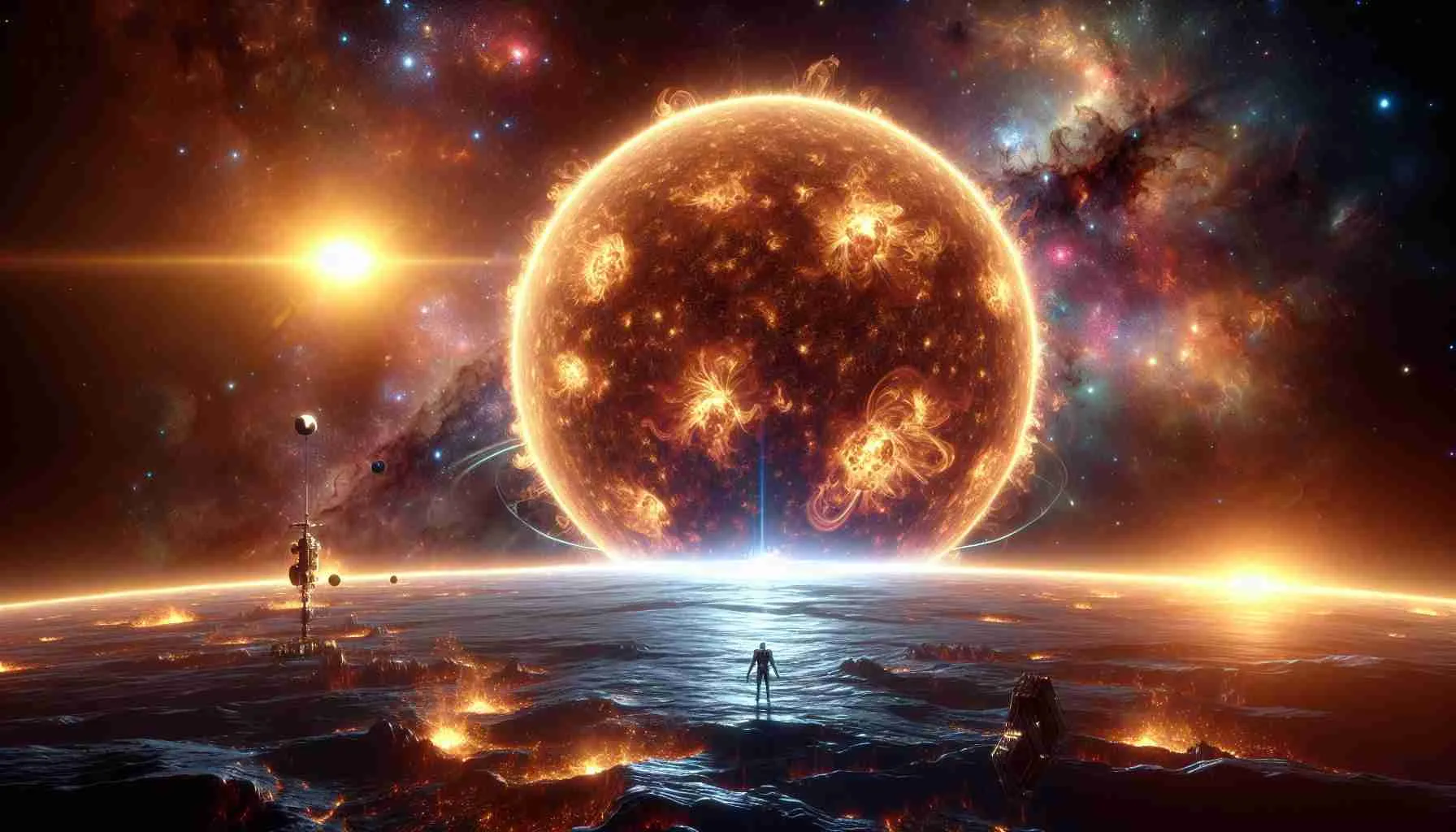
The latest Decadal Survey for Solar and Space Physics has sparked considerable excitement within the astrophysical community, revealing a roadmap for exploring some of the most intriguing questions about our solar system. With new missions on the horizon and plans to enhance our understanding of space weather, the forthcoming decade promises significant strides toward uncovering the mysteries of the cosmos.

Advancements in Solar and Space Physics
Guided by the National Academies of Sciences, Engineering, and Medicine, this year’s survey reflects comprehensive insights gathered from over 450 scientific papers, alongside presentations and town hall discussions. These decadal surveys, crucial in setting the agenda for scientific exploration, have historically paved the way for groundbreaking research and technological advancements in astronomy.
In previous years, the focus was set on locating Earth-like exoplanets and delving into the universe’s densest objects. More recently, attention has shifted towards our own solar system, with an emphasis on planetary science and the potential for astrobiology. Last year’s highlights included advocating for a Uranus probe as a top-tier mission and proposing sustained human presence beyond Earth as a long-term objective.
Leveraging AI for Future Breakthroughs
This year’s survey encapsulates a wide spectrum of solar and space physics objectives. It places a strong emphasis on enhancing our capabilities to monitor the dynamic space environment and deepen our understanding of the Sun, which remains at the heart of our solar system’s studies. The call for NASA to deploy a constellation of satellites for near-Earth space environment observation and a spacecraft to image the Sun’s poles stands out as particularly ambitious.

Moreover, the National Science Foundation’s Next Generation Global Oscillations Network is slated to be the foremost large construction project. This solar observatory network will enable more precise observations and contribute significantly to our understanding of solar dynamics.
The Impact of Solar and Space Physics on Society
The incorporation of artificial intelligence in modeling space weather systems is a key recommendation of the survey. Machine learning models are expected to revolutionize our predictive capabilities concerning solar eruptions, enhancing both the speed and accuracy of these predictions. The need for a strategic plan by the NSF for space weather, coupled with NOAA’s establishment of a dedicated program in partnership with the Department of Defense, underscores the critical nature of this field.
The potential consequences of stagnation in solar and space physics are stark. Stephen Fuselier, acting vice president of the Southwest Research Institute’s space science division and committee co-chair, emphasizes the societal risks associated with inadequate progress in this field. The inability to predict and mitigate space weather effects could have severe implications, not only for space exploration but also for industries reliant on satellite technologies.

A Decade of Opportunity and Necessity
The importance of timely and adequate funding for these initiatives cannot be overstated. As Robyn Millan, a Dartmouth College astronomer and committee co-chair, notes, the field of solar and space physics is at a critical juncture. The next few years offer a unique window to advance our scientific knowledge and improve our technological readiness to handle space weather phenomena.
As humanity continues to extend its reach into space, understanding the intricacies of our solar system becomes increasingly crucial. The Decadal Survey for Solar and Space Physics sets a clear direction for future endeavors, promising a decade filled with exploration and discovery that will not only satisfy scientific curiosity but also secure our technological future in space. This is a journey that extends beyond academic circles, captivating the imagination of anyone who looks up at the night sky and wonders about the universe.
